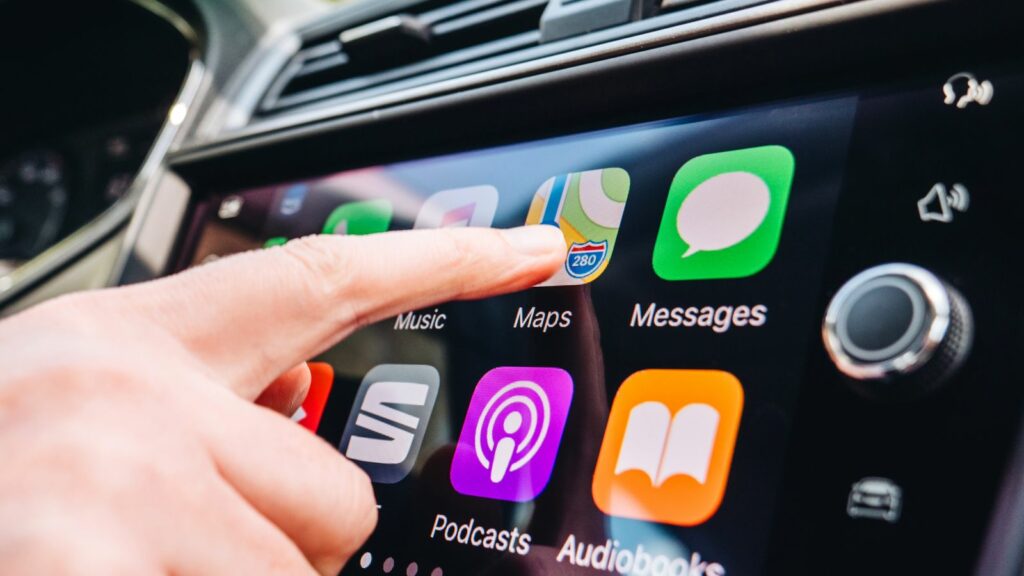For the past fifteen years, automotive design has leaned hard into the digital era. Manufacturers competed to offer the largest touch screens, sleekest interfaces, and most button-free dashboards possible. Cars became rolling smartphones, with nearly every function hidden behind glass panels. At first, the trend felt futuristic, but cracks began to show. Complaints from drivers, safety experts, and even loyal brand fans revealed that touch-only dashboards weren’t as practical as promised. Now, in a surprising twist, major automakers are moving back toward tactile controls, rediscovering that sometimes old-fashioned buttons and knobs work better. Here’s an expanded look at how and why this return to basics is happening.
The Rise of the Touch Screen Craze
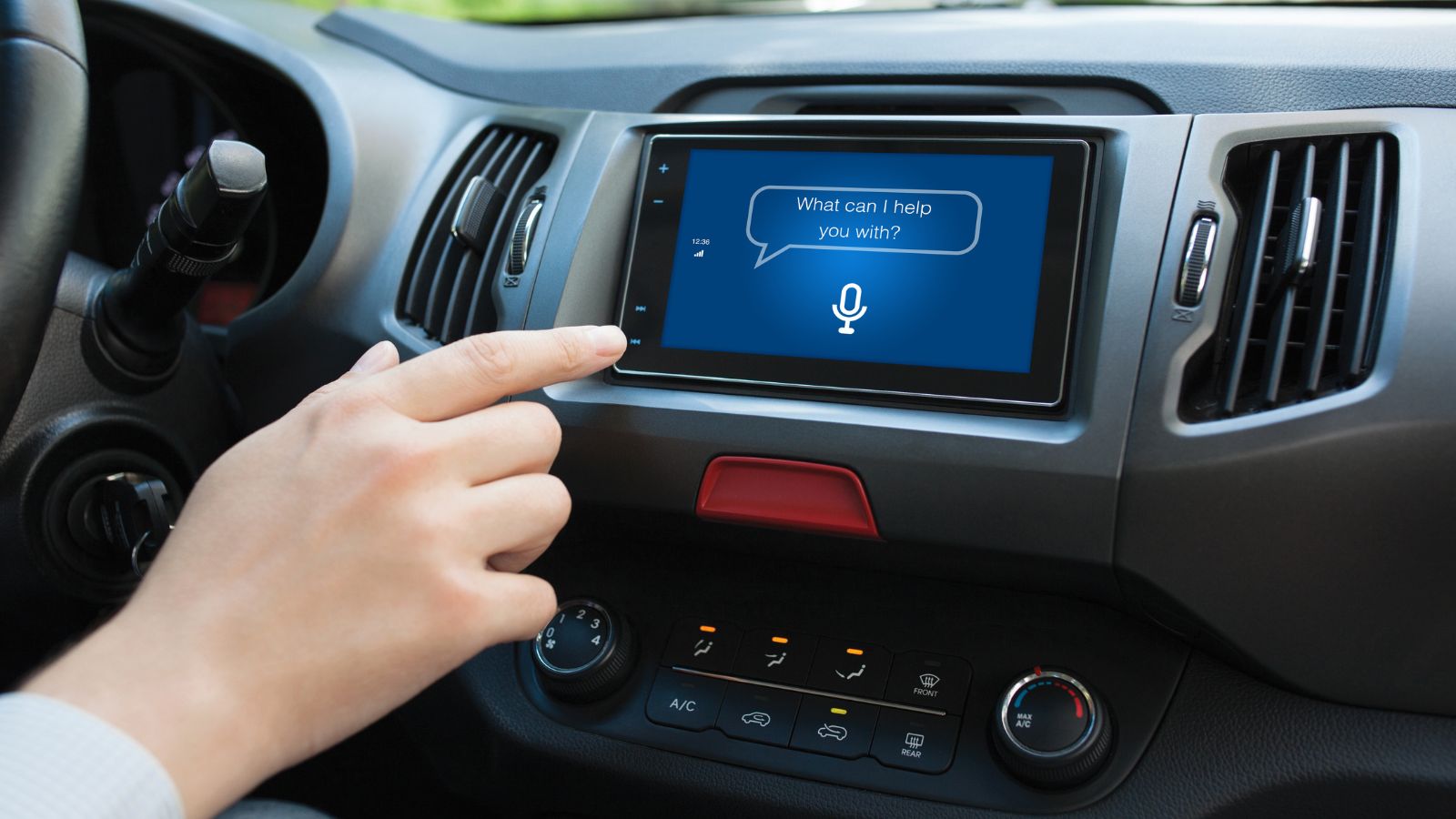
By the mid-2000s, touch screens became a status symbol in car interiors. Luxury brands like Mercedes-Benz, BMW, and Tesla pushed the limits, integrating giant screens with nearly every system from climate control to seat heating to driving modes. Mainstream automakers followed suit, cramming their cabins with similar tech in an effort to look modern. By the late 2010s, the touch screen arms race was in full swing, with some vehicles featuring displays as wide as the entire dashboard. At the time, customers equated more screens with progress.
The Drawbacks Become Clear

Over time, however, the reality set in. Adjusting fan speed or changing the radio often required multiple taps on submenus, diverting attention away from the road. Safety studies highlighted that glance time increased significantly when drivers used screens instead of physical controls. The National Highway Traffic Safety Administration in the U.S. and European safety agencies both raised concerns about “driver workload.” What began as convenience turned into distraction, and many drivers expressed frustration with the constant tapping, lag, and complexity.
Customer Fatigue and Pushback
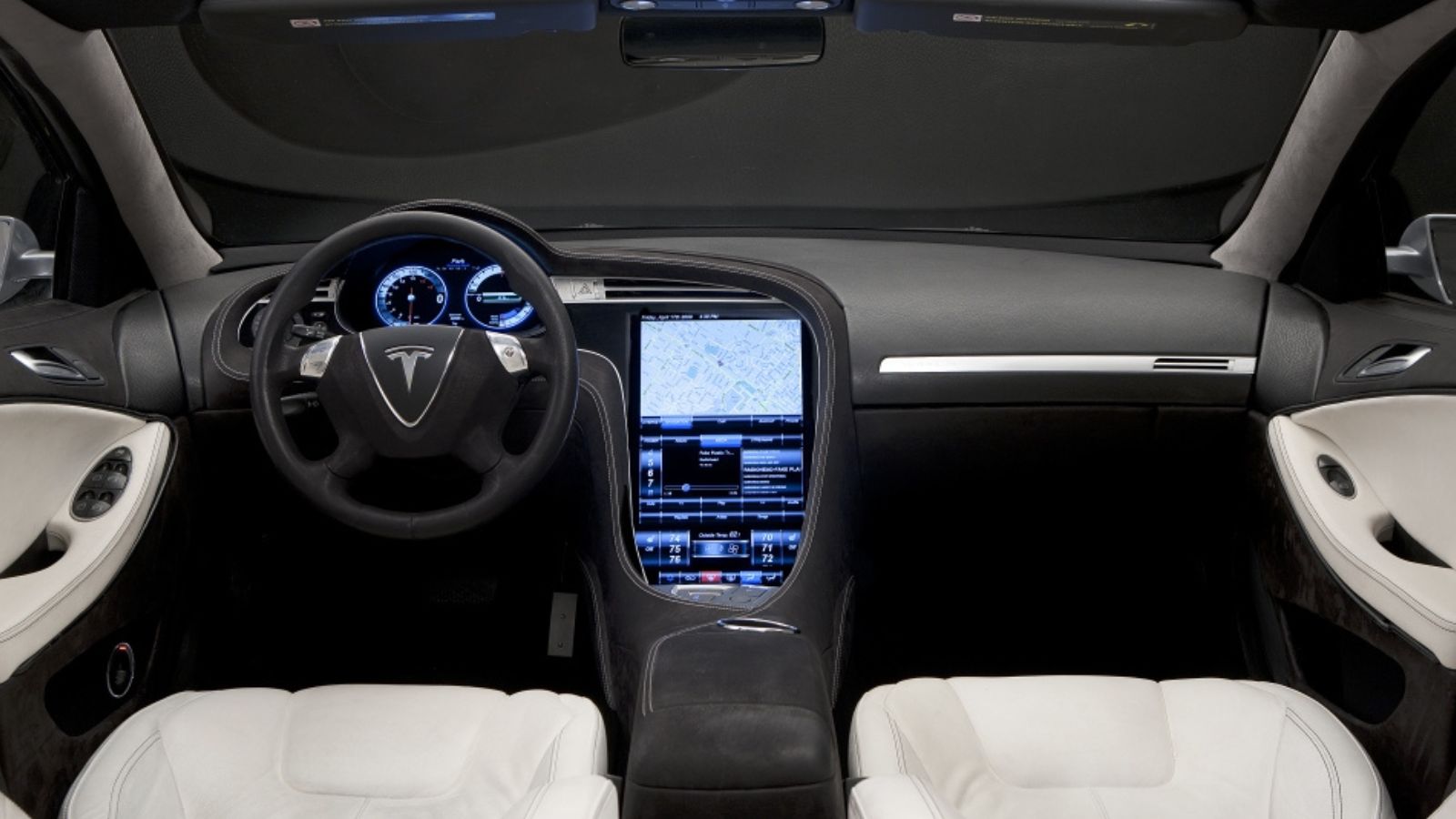
Automakers quickly learned that not all customers embraced touch-only dashboards. Older buyers found them unintuitive and cluttered. Tech-savvy younger drivers even complained that car touch screens felt less responsive than their smartphones. Software glitches, slow startups, and confusing layouts added to the frustration. The phrase “bring back the buttons” started appearing in reviews, forums, and customer surveys. For brands that rely heavily on loyalty, ignoring this chorus was no longer an option.
Volkswagen’s Big U-Turn

Volkswagen learned this lesson the hard way. Its Golf Mk8 and ID.4 electric crossover used touch sliders and minimal buttons for core functions, including climate and volume. The feedback was brutal: customers said the sliders were hard to use, unlit at night, and distracting on the move. VW has since confirmed that upcoming refreshes of both models will reintroduce physical buttons and proper dials. The company even publicly admitted it misjudged customer expectations, showing how significant the backlash has been.
BMW’s Balanced Approach
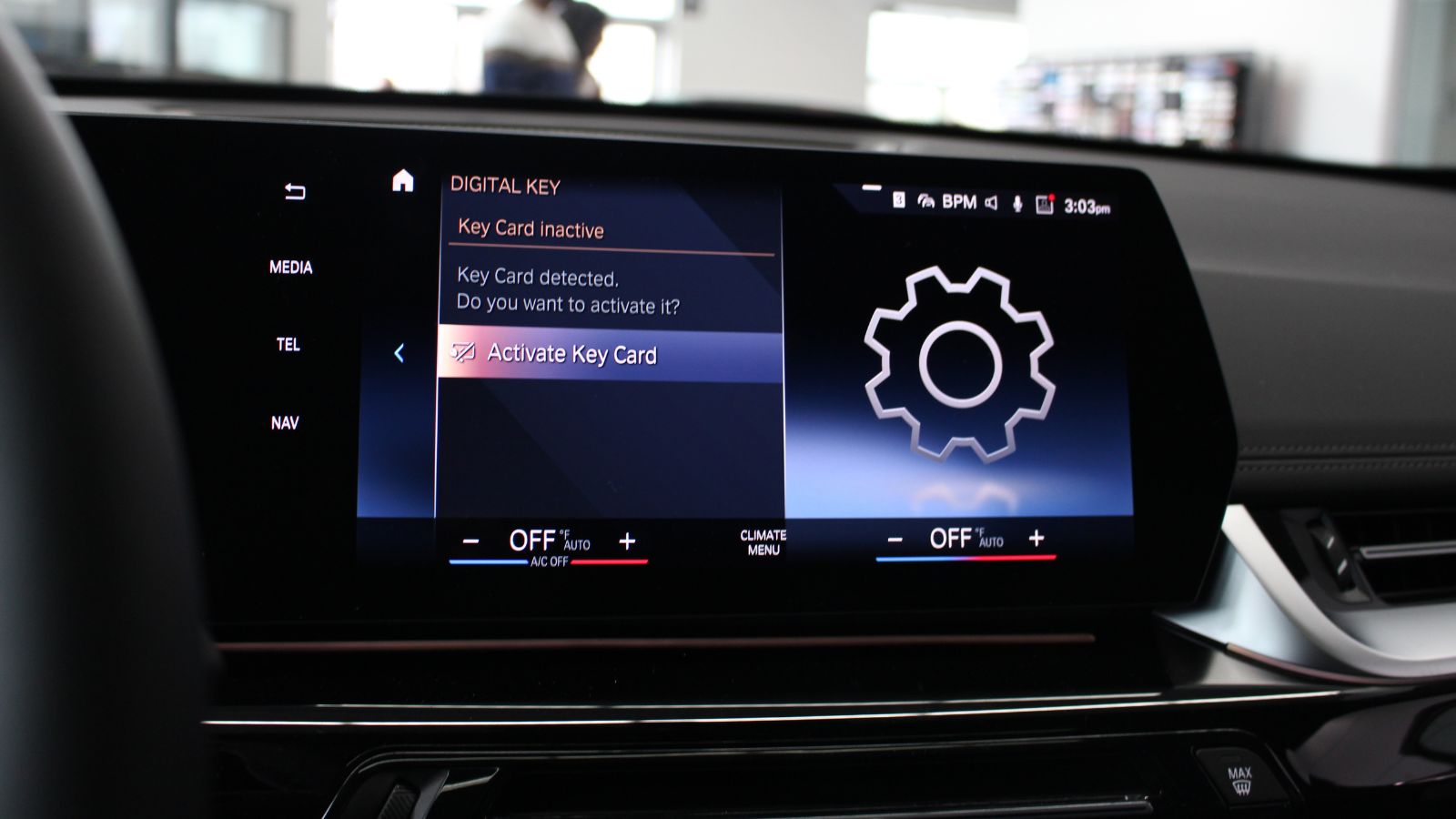
BMW was one of the pioneers of infotainment with its iDrive system, and it continues to refine it. While modern BMWs feature large, crisp touch screens, the brand has resisted removing buttons entirely. Climate controls, volume knobs, and drive mode selectors remain physical, providing redundancy and safety. BMW’s stance is that technology should support, not replace, tactile usability. This hybrid approach has earned praise from enthusiasts who value both innovation and practicality.
Hyundai and Kia Keep it Practical

Hyundai and Kia have gained global recognition for striking a balance. Their newer models, like the Hyundai Tucson and Kia Sportage, combine attractive touch screens with rows of physical controls for HVAC and audio. Customers find them intuitive, with the most-used functions easily accessible. For markets like Canada and the U.S., where buyers expect convenience without overcomplication, this strategy has helped build customer trust.
Toyota’s Steady Hand
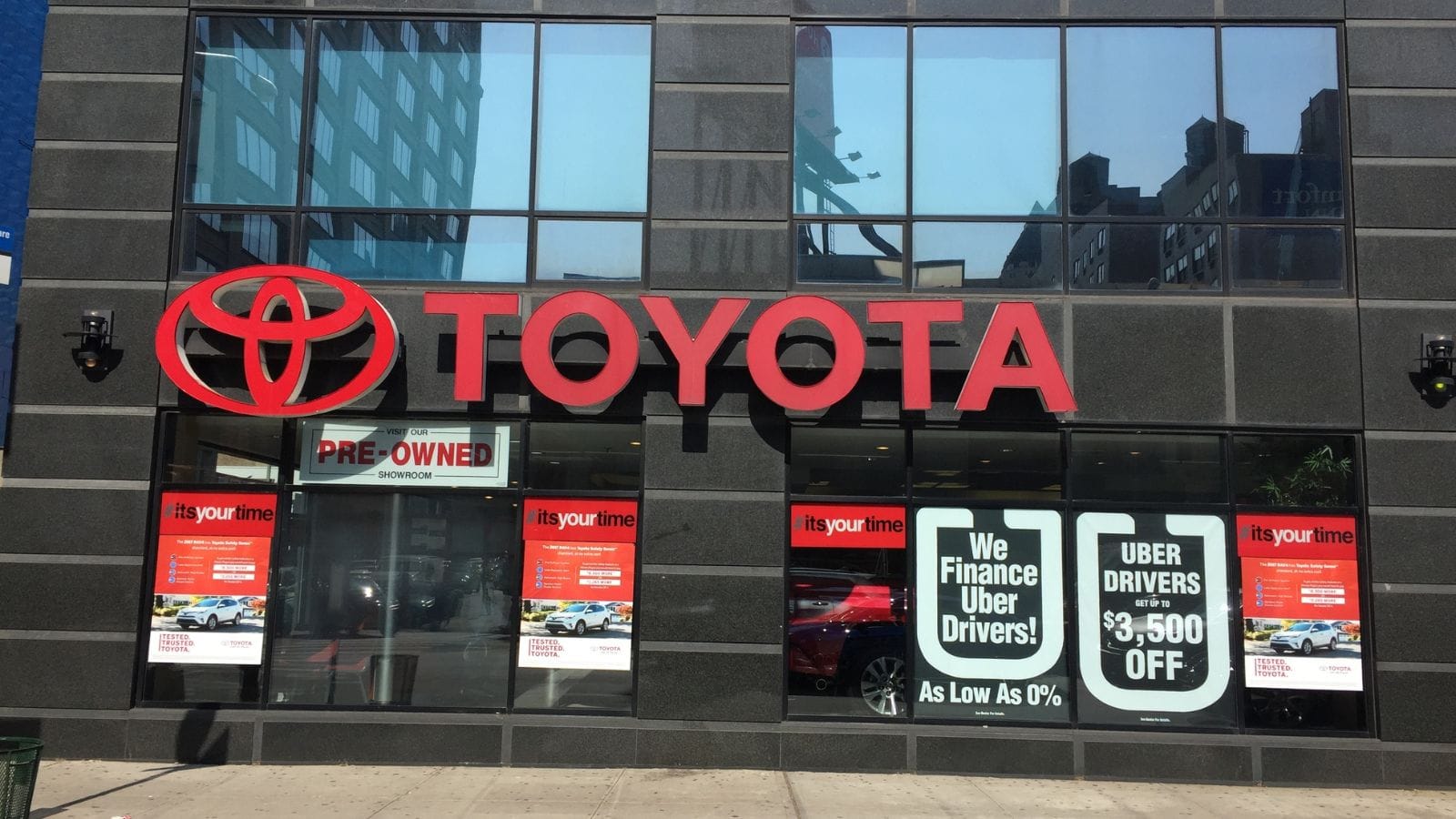
Toyota has always been conservative with interior design. While competitors rushed toward glass-heavy cabins, Toyota kept physical buttons for essential systems across its lineup. This steady, no-frills approach now looks like a winning move. Drivers appreciate Toyota’s reliability not just mechanically, but also in terms of usability. In Canada and the U.S., where Toyota has some of the strongest resale values, this design philosophy contributes to its long-term appeal.
Volvo Learns a Lesson
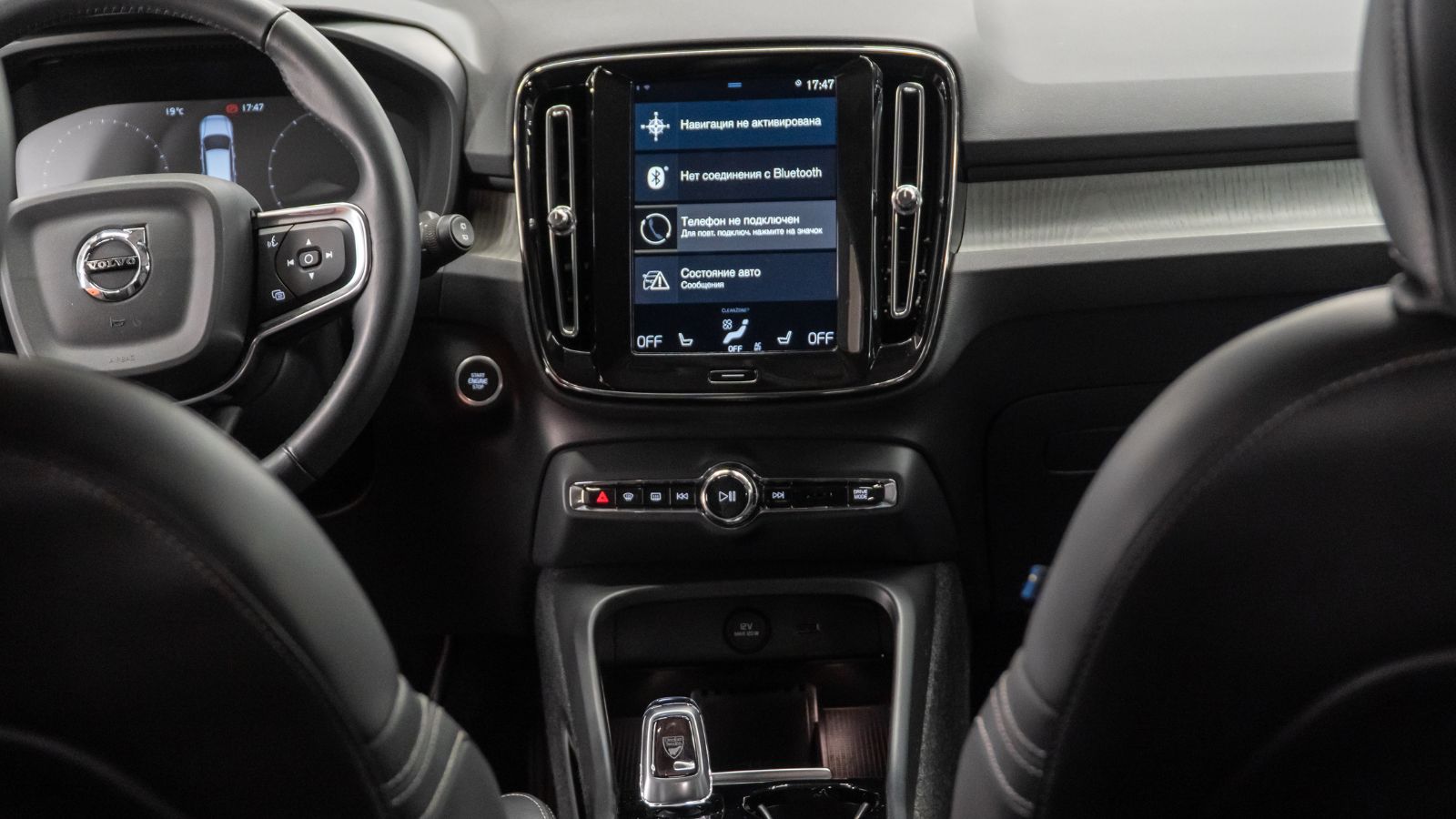
Volvo made headlines when it launched minimalist interiors with nearly all functions packed into a central touch screen. At first, critics praised the sleek Scandinavian design. But customers soon complained about the difficulty of adjusting simple controls without looking away from the road. Volvo has since begun reintroducing more tactile elements, realizing that its reputation for safety doesn’t align with overreliance on screens.
Tesla’s Polarizing Influence

Tesla deserves credit for pushing the touch screen trend into overdrive. The massive central screens in the Model 3 and Model Y defined the minimalist, screen-centric approach. However, Tesla’s design has been polarizing. Fans love the futuristic feel, but critics highlight the dangers of burying basic functions in menus. While Tesla shows no signs of changing course, other automakers are moving in the opposite direction, learning from Tesla’s bold but divisive example.
Why Drivers Still Want Buttons
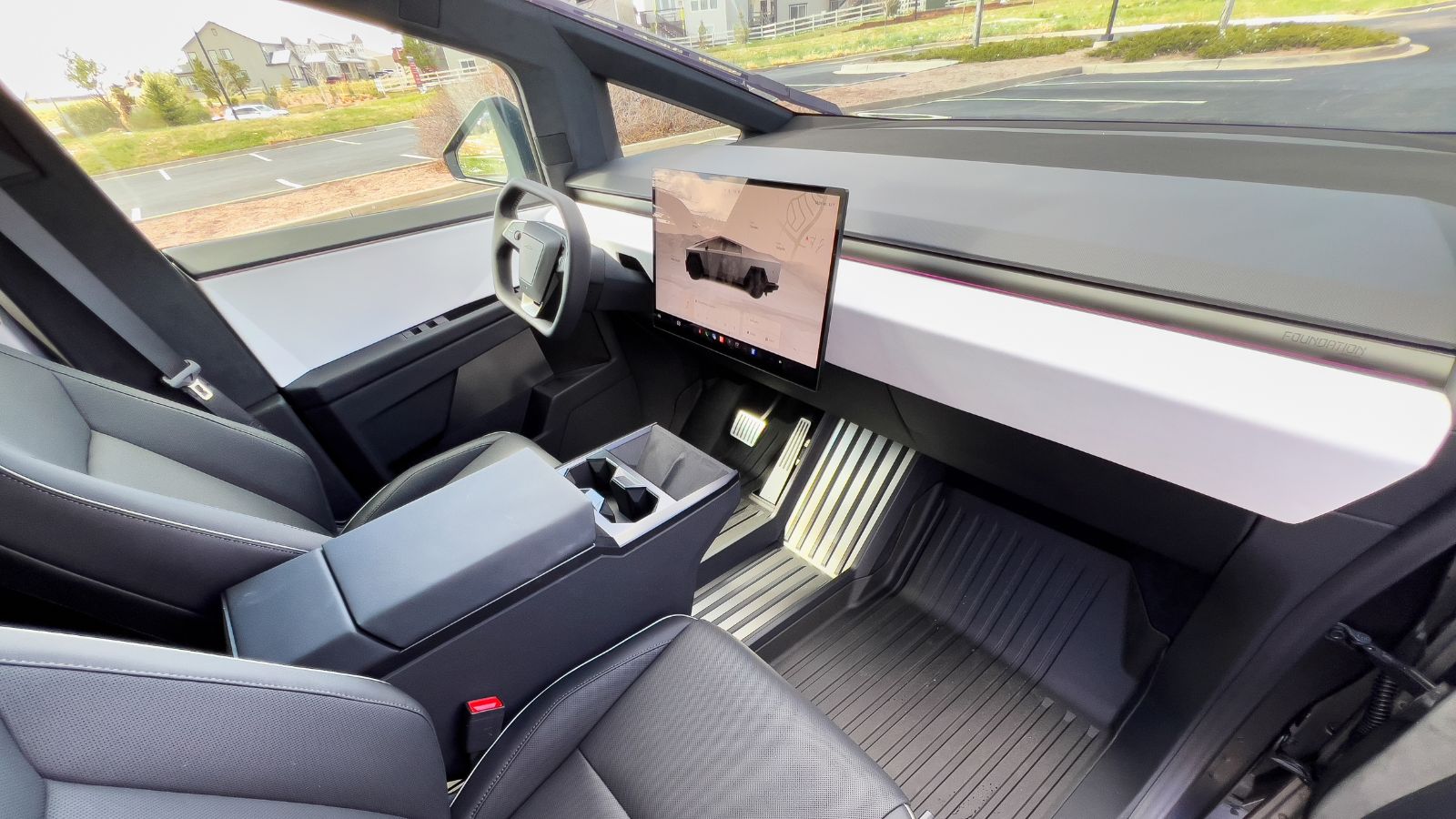
At the core of this shift is human behavior. Buttons and knobs allow drivers to adjust settings by feel, without taking eyes off the road. A volume knob can be turned instinctively, while a fan speed dial is instantly recognizable. Touch screens, by contrast, force visual confirmation, increasing distraction. For everyday driving, especially in places like Canada where winter gloves complicate touch interaction, physical controls remain superior.
Nostalgia Meets Practicality
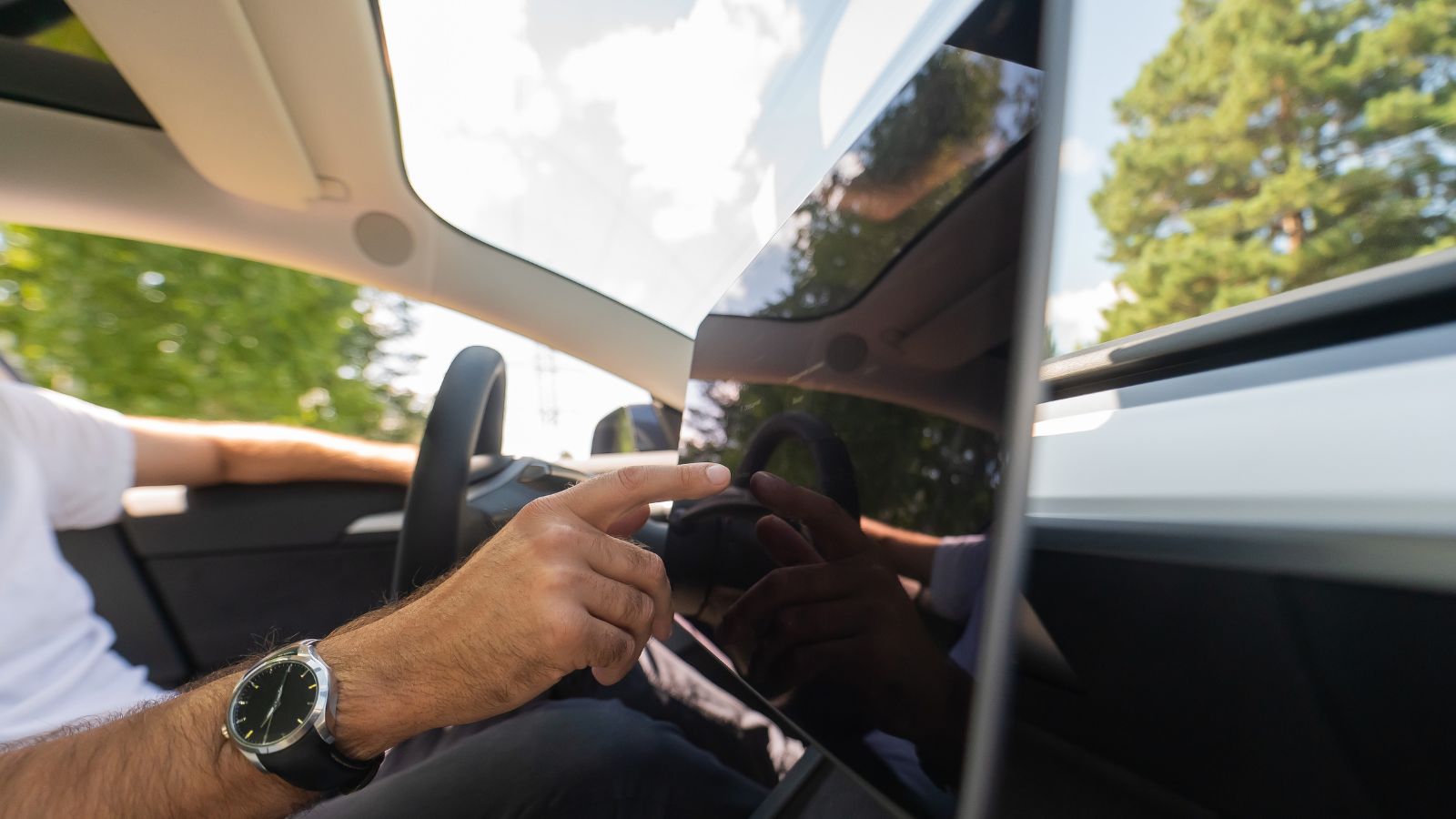
There’s also a nostalgic element at play. Drivers who grew up with analog dashboards often find comfort in tactile controls. Automakers have realized they can market the return of buttons not just as a safety feature, but as a return to driver-first design. In an age where customers are overwhelmed by tech in every aspect of life, simple, physical controls offer a refreshing sense of control.
Regional Differences: Canada and the U.S.

In markets like Canada and the United States, this shift is particularly relevant. Harsh winters make touch screens harder to use with gloves, and long highway stretches demand simple, distraction-free controls. Buyers in these regions have been especially vocal about wanting traditional interfaces, making North America a key driver of the industry’s course correction.
The Future Dashboard

The future of dashboards won’t abandon touch screens entirely. Navigation, smartphone mirroring, and entertainment are best suited to digital displays. But the trend suggests a hybrid approach: tactile controls for essential tasks, supported by screens for advanced features. This middle ground ensures safety, usability, and customer satisfaction.
25 Facts About Car Loans That Most Drivers Don’t Realize

Car loans are one of the most common ways people fund car purchases. Like any other kind of loan, car loans can have certain features that can be regarded as an advantage or a disadvantage to the borrower. Understanding all essential facts about car loans and how they work to ensure that you get the best deal for your financial situation is essential. Here are 25 shocking facts about car loans that most drivers don’t realize:
25 Facts About Car Loans That Most Drivers Don’t Realize
